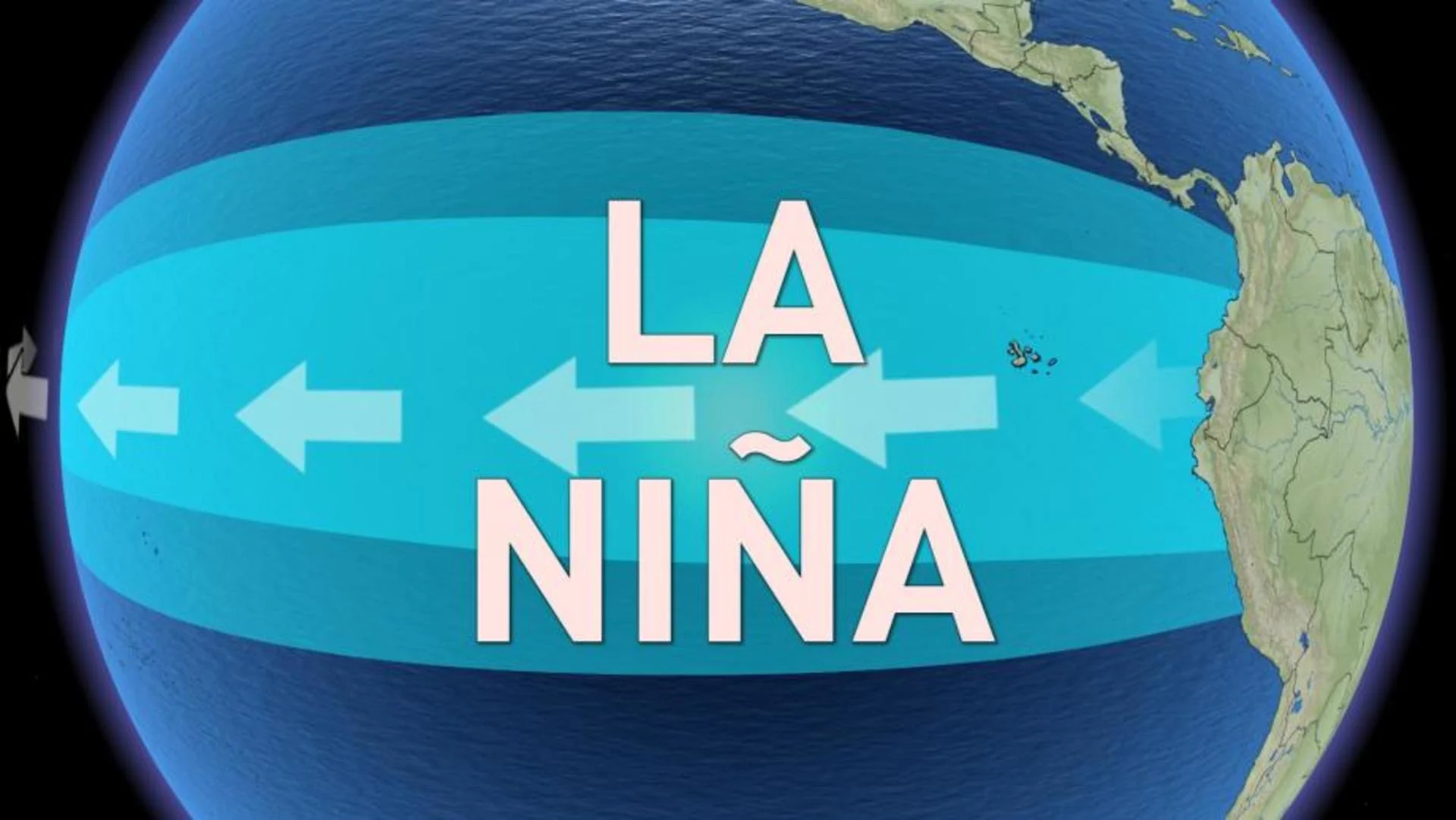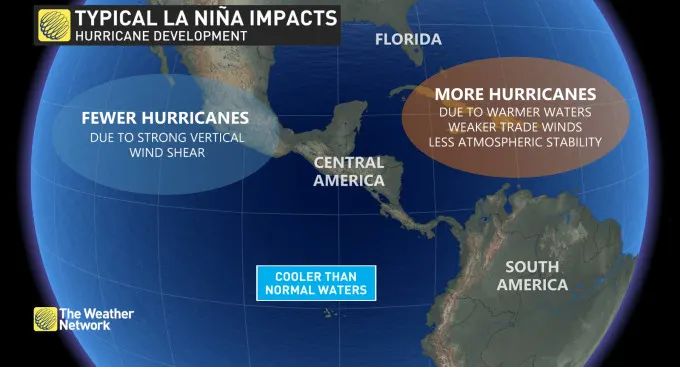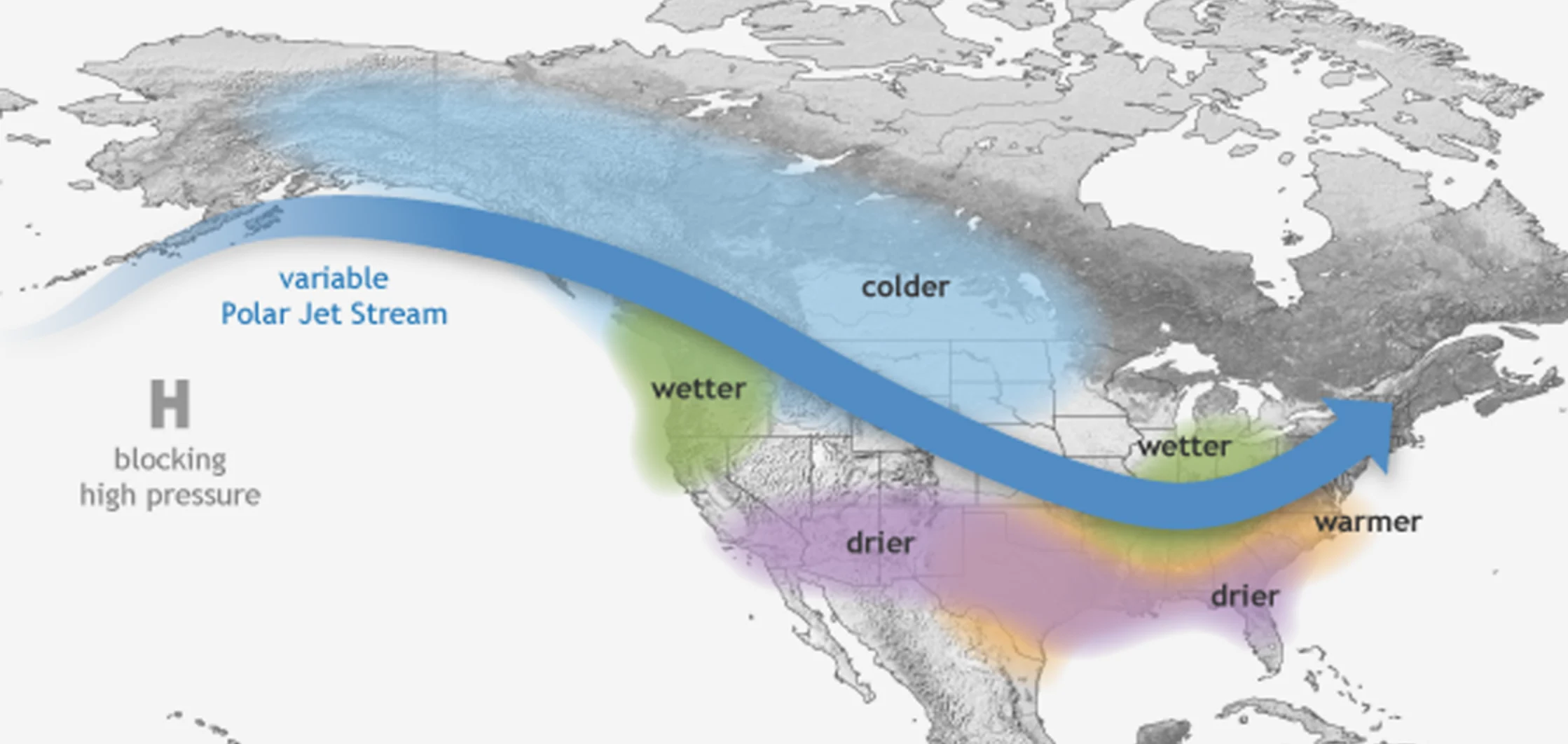
La Niña to emerge in Aug-Oct season, U.S. weather service says
(Reuters) - The La Niña weather pattern could potentially develop during the August-October season, and last through the 2021-22 winter, the U.S. government's National Weather Service said on Thursday.
The La Niña pattern is characterized by unusually low temperatures in the equatorial Pacific Ocean and is linked to floods and drought.

Meanwhile, El Niño-Southern Oscillation (ENSO) neutral conditions are favoured for the remainder of the northern hemisphere summer, the NWS's Climate Prediction Center (CPC) said in its monthly forecast.

Typical impacts of La Niña on Canada during winter. (Credit: Climate.gov)
There is about a 60% chance of ENSO neutral conditions for the July-September season, and a 70% chance of La Niña from November through January 2022, the CPC said.
The ENSO weather pattern is marked by average long-term ocean temperatures, tropical rainfall and atmospheric winds.
Last month, the forecaster said there was a 51% chance of ENSO neutral conditions for the August-October season.
La Niña may not get as much attention as its counterpart, El Niño, but it can have just as big an impact on Canadian weather. To learn more, click here.
WATCH BELOW: 60-SECOND EXPLAINER, WHAT ARE EL NIÑO AND LA NIÑA?
(Reporting by Bharat Govind Gautam in Bengaluru; Editing by Bernadette Baum)





